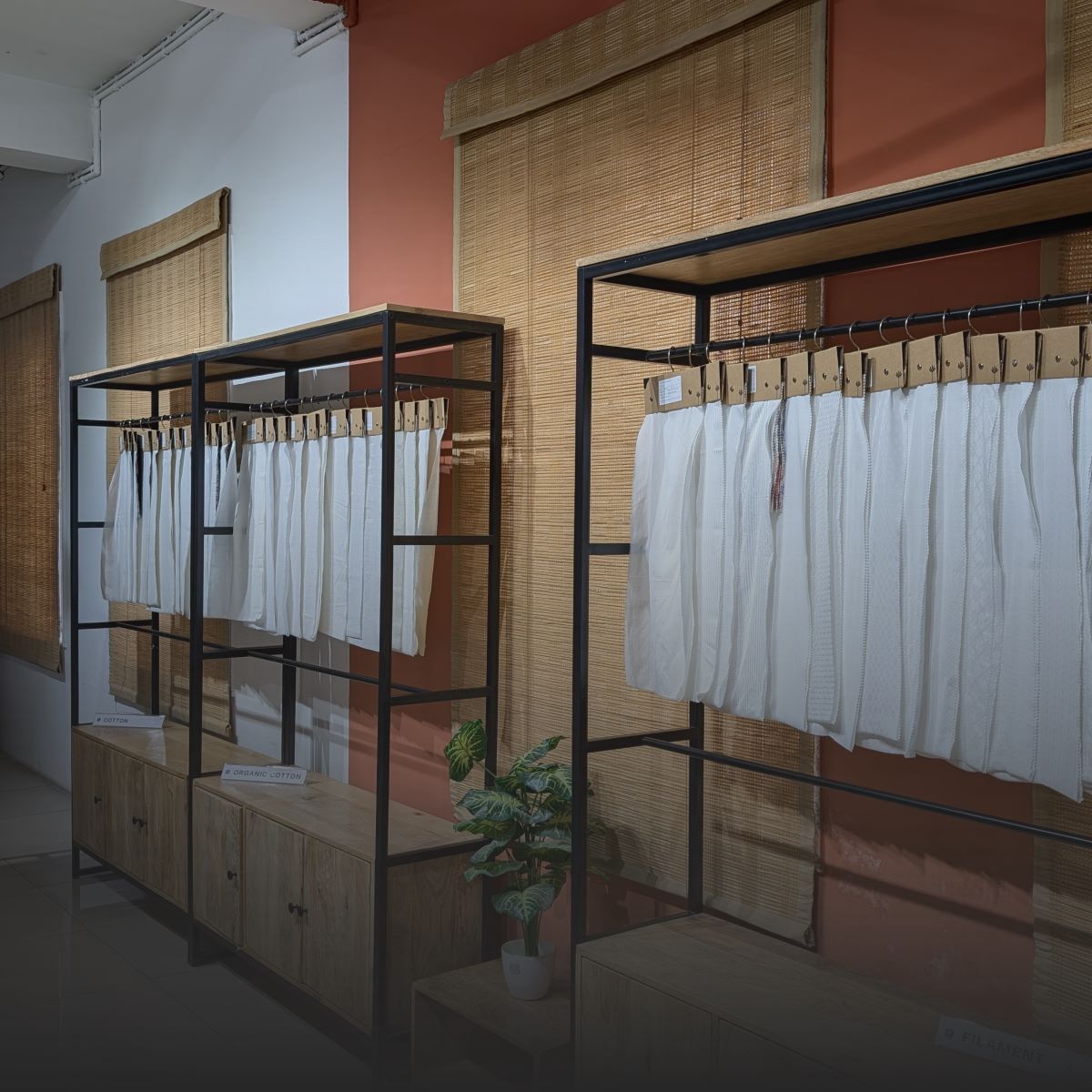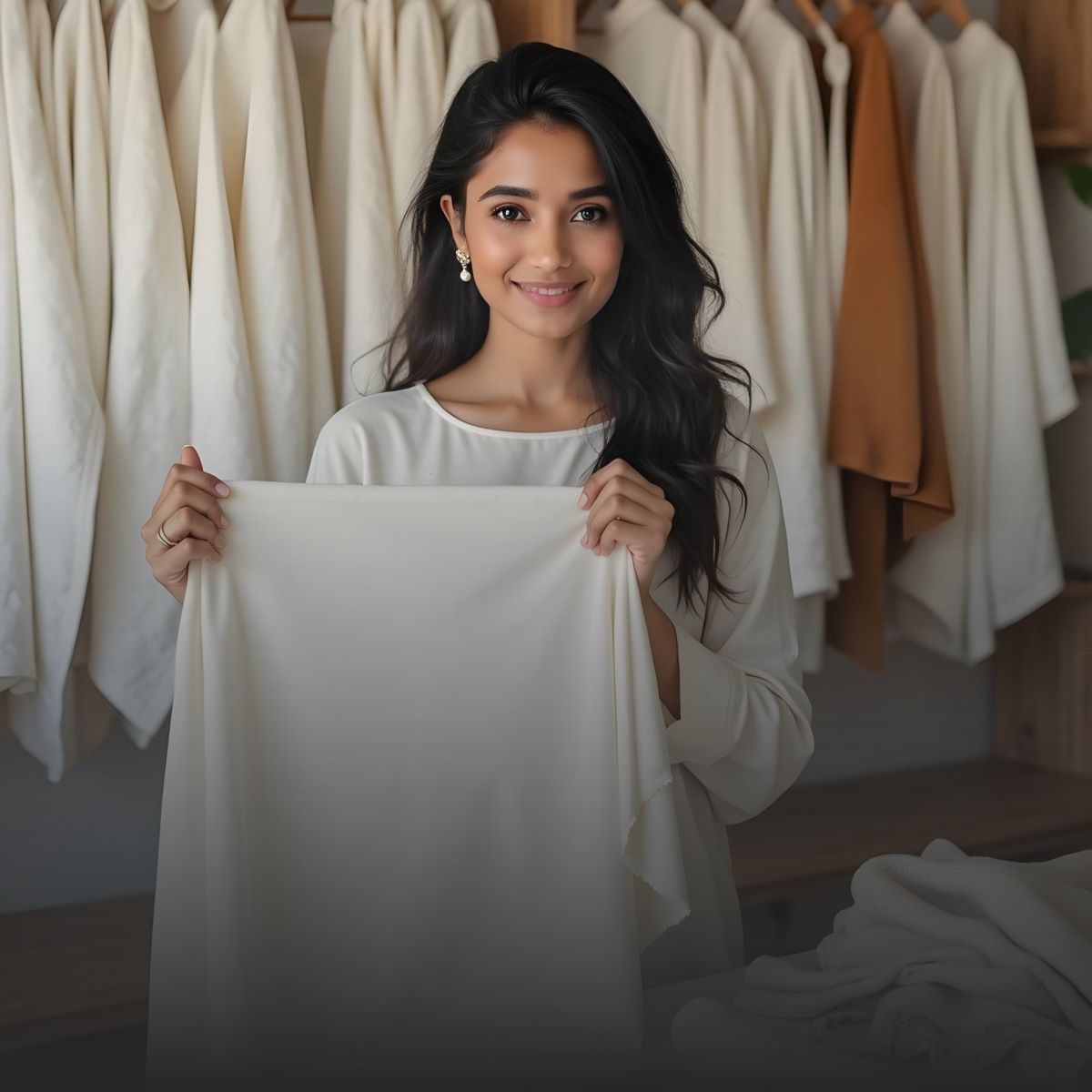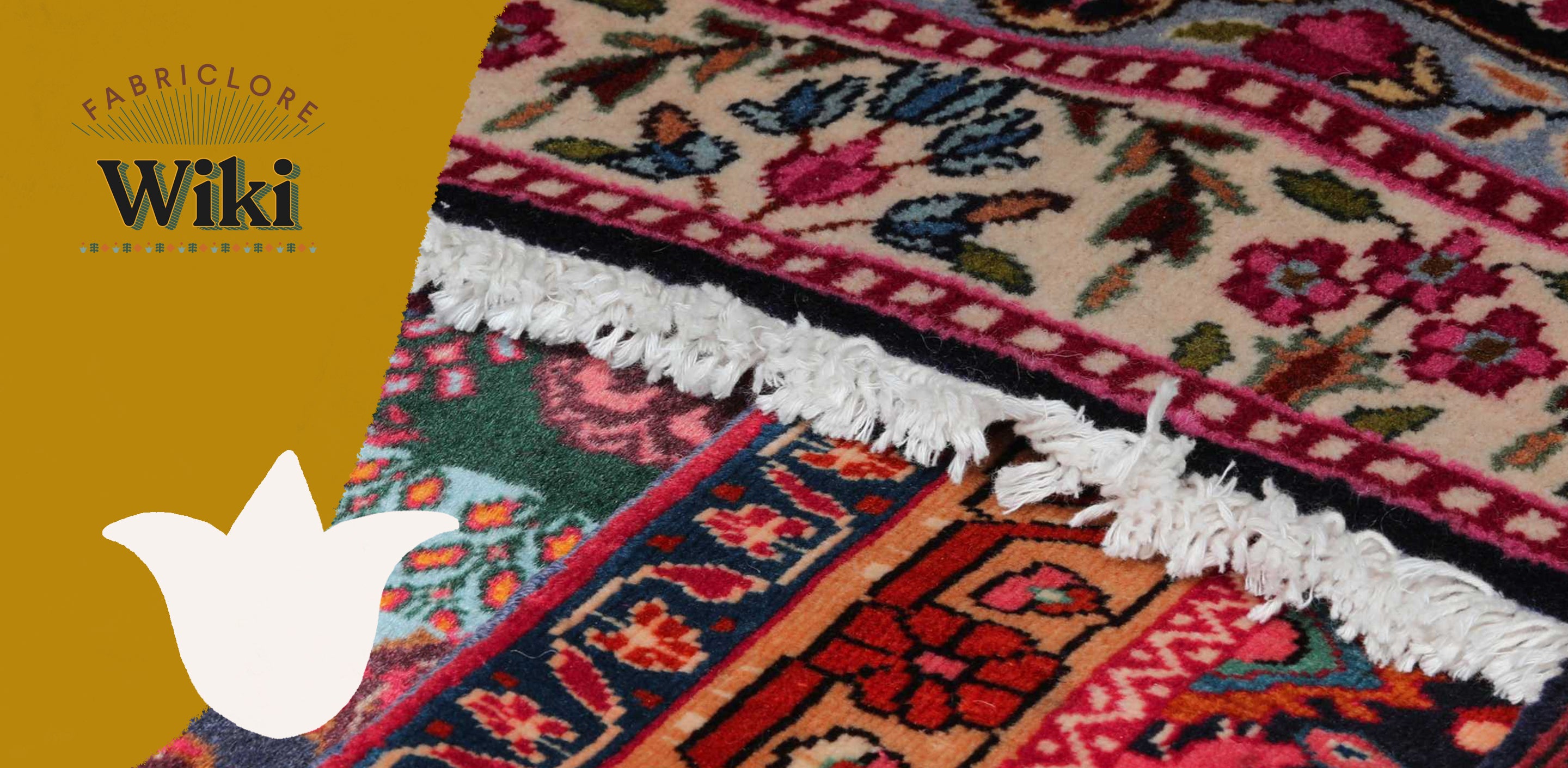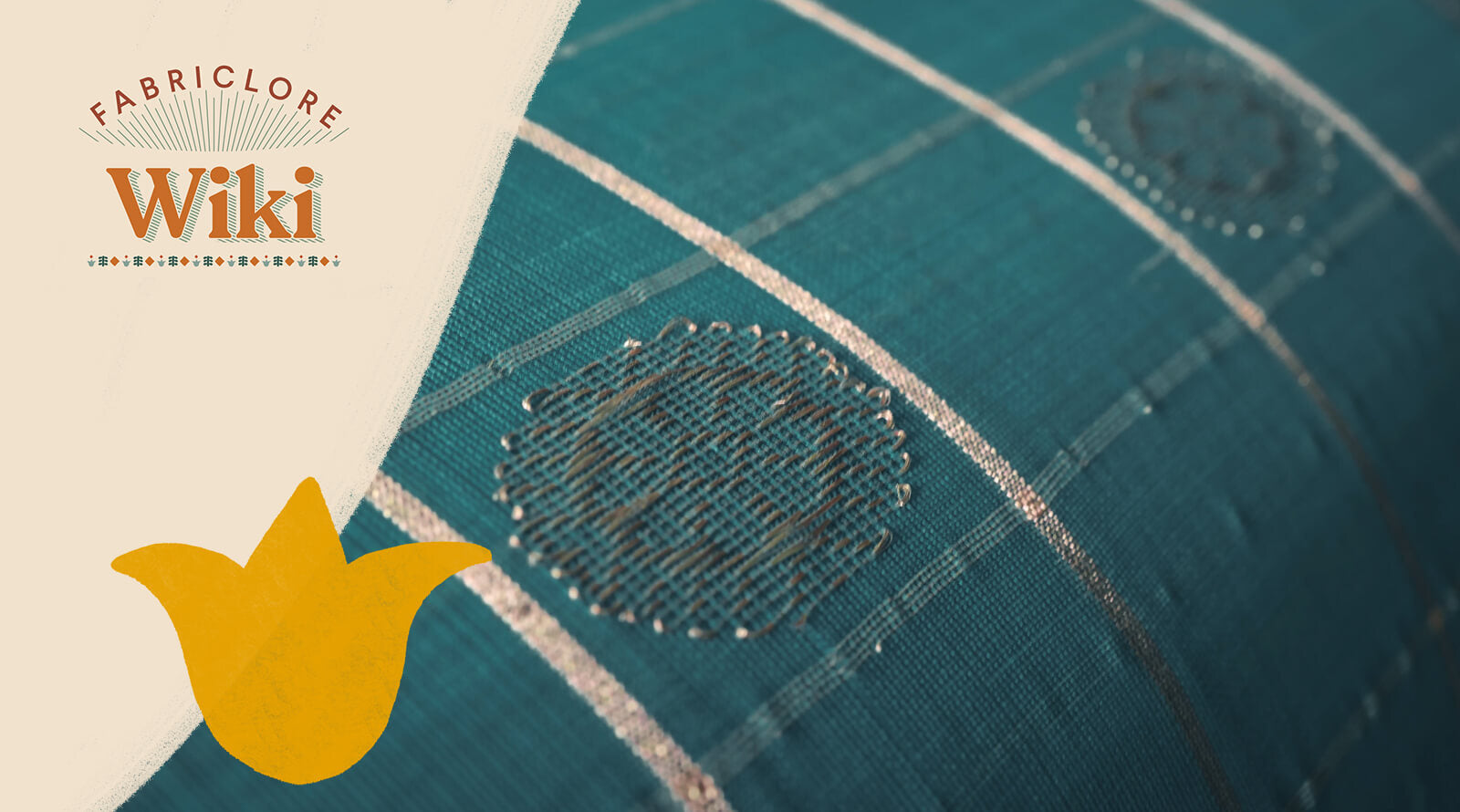Introduction to Linen Fabric
- Linen has been used for a very long time and is a fabric manufactured from the flax plant.
- This fabric is known for being breathable and eco-friendly.
- Linen is valued for a wide range of uses, from high-end clothing to home decor.
- More people choose sustainable options, linen is becoming increasingly popular.
- This makes linen a timeless and versatile fabric for both modern and traditional uses.
History of Linen

- Linen has a long history, with evidence suggesting that Neolithic people in Europe were using it for textiles over 36,000 years ago.
- Archaeologists believe that linen was first domesticated in ancient Mesopotamia, where it was mainly used by the ruling class.
- In Egypt, linen became highly valued due to its ability to keep cool in the hot climate.
- Linen was even used as currency and for wrapping mummies in Ancient Egypt.
- The Greeks also used linen for garments and homewares.
- The Phoenicians introduced linen production to Western Europe.
- It wasn't until the 12th century that European powers began regulating flax production.
- By the 18th century, Ireland became the center of linen production, with Belfast known as "Linenopolis."
What is Linen Fabric?

- Linen is a fabric made from the fibers of the flax plant's stems, unlike cotton, which comes from its seeds.
- It is primarily used for household items like bed linens, towels, and curtains.
- Linen is especially popular for clothing in hot weather due to its ability to dry quickly and keep you cool.
- Producing linen is more resource-intensive and time-consuming than cotton.
- Linen continues to be produced in large quantities in some countries.
Types of Linen Fabrics:
|
Type of Linen |
Description |
|
Loosely Woven Linen |
Absorbent but not as strong due to its loose weave. |
|
Plain-Woven Linen |
Strong and smooth, often used for cleaning towels. |
|
Sheeting Linen |
Thick fabric with a high thread count, used for bed sheets and clothes. |
|
Holland Linen |
Medium-weight fabric with a smooth, shiny finish, treated with starch and oil. |
|
Blended Linen Fabric |
A mix of linen with other fibers like cotton or polyester, offering both strength and softness. |
|
Cambric Linen |
Lightweight fabric with a smooth finish, used for delicate items like handkerchiefs. |
|
Butcher’s Linen |
Thick fabric, often used for aprons and heavy-duty work clothes. |
|
Venice Linen |
Made from cotton with a satin weave, giving it a shiny finish, often used for drapes. |
|
Huckaback Linen |
Coarse fabric, often a mix of linen and cotton, used for towels because of its high absorbency. |
|
Damask Linen |
Woven with a technique that combines plain and satin weaves. |
Physical Properties of Linen Fabric:
|
Property |
Description |
|
Length |
30-60 cm (fiber length between 6 and 65 mm) |
|
Flexibility |
Low flexibility (about 2%) |
|
Elasticity |
Low elasticity; does not stretch due to rigid polymer system |
|
Color |
Can range from light blond to brown, depending on growth conditions and weather |
|
Absorption of Moisture |
Absorbs moisture quickly (moisture regain: 12%) |
|
Next-to-skin Comfort |
Less flexible than cotton; stronger but harder |
|
Electrostatic Charge |
Almost no electrostatic charge because it remains wet |
|
Luster and Surface |
Dull sheen, smooth surface; does not shed lint or get dirty easily |
|
Thermal Insulation |
Best at keeping heat in and moving it around; cool and fresh in hot weather |
|
Micro-organism Resistance |
More resistant to rotting than cotton; susceptible to mildew in very warm, damp conditions |
|
Handle |
Firm grip due to coarse fiber bundles; easy to clean |
Chemical Properties of Linen Fabric:
|
Property |
Description |
|
Reaction to Bleaches |
Linen is more difficult to bleach than cotton and is less resistant to sodium hypochlorite bleaches. Sodium perborate bleaches are safer and more effective. |
|
Reaction to Alkalis |
Linen is highly resistant to alkalis and can be mercerized like cotton. |
|
Reaction to Acids |
Linen is damaged by hot dilute acids and cold concentrated acids but is not affected by cold dilute acids. |
|
Affinity for Dyes |
Linen has a poor affinity for dyes, but it is possible to obtain dyed linen with good colorfastness. Look for labels with "Guaranteed Fast Color" or vat-dyed for the best color resistance to washing. |
|
Resistance to Perspiration |
Acid perspiration causes deterioration of linen, while alkali perspiration does not cause deterioration. However, both types of perspiration may cause discoloration. |
Comparison with Other Fabrics:
|
Comparison |
Linen |
Cotton |
Synthetic Fibers |
|
Strength |
30% stronger than cotton |
Weaker than linen |
Varies by type, but generally less strong than linen |
|
Breathability |
More breathable |
Less breathable than linen |
Less breathable than linen |
|
Moisture Wicking |
Better moisture-wicking |
Good moisture-wicking, but not as effective as linen |
Depends on the synthetic fiber, generally lower than linen |
|
Cost |
Higher cost |
Lower cost |
Varies, generally lower than linen |
|
Environmental Impact |
More environmentally friendly |
Moderate environmental impact |
Less environmentally friendly |
|
Temperature Regulation |
Better temperature regulation |
Moderate temperature regulation |
Better temperature regulation |
|
Durability |
More durable |
Less durable than linen |
More durable, depending on the type of synthetic fiber |
|
Elasticity |
Less elastic |
More elastic than linen |
Generally more elastic than linen |
Where is Linen Fabric Produced:
|
Region |
Country |
Specific Location |
Notable Characteristics |
|
European Union |
France |
Normandy region |
Leading global producer; known for high-quality flax cultivation |
|
European Union |
Belgium |
Flanders region |
Historic center of linen production; specializing in fine linens |
|
European Union |
Northern Ireland |
Belfast area |
Traditional linen manufacturing hub; premium quality products |
|
Asia |
China |
Heilongjiang province |
Largest producer in Asia; focus on mass production |
|
Asia |
India |
Various locations |
Scattered production centers; growing market |
Understanding the Linen Manufacturing Process:
|
Step |
Description |
|
Planting |
|
|
Growth |
|
|
Harvesting |
|
|
Fiber Separation |
|
|
Breaking |
|
|
Combing |
|
|
Spinning |
|
|
Reeling |
|
|
Drying |
|
Application and Uses of Linen Fabric:
|
Category Uses of Linen Fabric |
|
Apparel Summer clothing, Formal wear, Accessories, collections Sustainable fashion |
|
Home Textiles Bedding, Table linens, Upholstery, Window treatments |
|
Industrial Applications Medical supplies, Art canvas, Technical textiles, Specialty products |

Advantages of Linen Fabric
- Linen is a unique fabric known for its strength, comfort, and sustainability.
- It keeps you cool in hot weather and provides comfort when it's cooler.
- Linen quickly absorbs moisture, making it perfect for active lifestyles.
- The fabric naturally resists bacteria, so it stays fresh longer without needing frequent washing.
- Environmentally, linen is a great choice because flax requires less water and fewer chemicals to grow compared to cotton.
- Flax naturally decomposes when it’s no longer usable, making linen an eco-friendly option.
- Linen combines the benefits of being eco-friendly with long-lasting, high-quality comfort.
Disadvantages and Limitations of Linen Fabric
- Linen wrinkles easily.
- It is more expensive than other fabrics.
- It can feel stiff at first.
- Linen requires special care when washing.
- It has limited stretch and may fade over time.
- Linen is best suited for warm weather.
- It needs specialized cleaning to maintain its quality.
Care and Maintenance of Linen Fabric
- Wash your linen in cool or lukewarm water with a gentle detergent.
- Keep whites and colors separate to prevent color mixing.
- Avoid bleach as it can damage the fibers.
- Air dry linen naturally whenever possible.
- Iron linen while slightly damp using medium heat, and use steam for stubborn wrinkles.
- Clean your linen before storing it.
- Store linen in breathable containers like cotton bags or wooden chests.
- Avoid plastic containers that trap moisture.
- Store linen in a cool, dry place to keep it fresh.
- Following these care steps helps your linen last longer while maintaining its beauty and comfort.
Sustainability and Environmental Impact of Linen Fabric
- Linen is an environmentally friendly fabric, making it a smart choice for the planet.
- Flax plants, which produce linen, use 60% less water than cotton crops.
- Flax is naturally resistant to pests, so farmers don’t need to rely on pesticides.
- Every part of the flax plant has a purpose, from fibers for fabric to seeds for food and oil.
- When linen reaches the end of its life, it decomposes naturally, returning to the earth.
- Growing and processing flax can be carbon-neutral, helping combat climate change.
- Linen is a fabric designed by nature, being both eco-friendly and practical for people.

Linen in the Global Market
Market Trends
- Linen is experiencing a surge in popularity due to the growing demand for eco-friendly fabrics.
- Fashion designers and consumers are embracing linen for its natural charm, making it a popular choice for both casual and high-end fashion.
- However, linen's limited production means that its prices are rising as more people seek it out.
- Linen is no longer just for clothing; manufacturers are finding innovative uses for it in areas like car interiors and medical supplies.
- This ancient fabric is evolving with modern applications, combining timeless appeal with high-tech possibilities.
Economic Impact
- Linen is not just a beautiful fabric; it plays a key role in supporting local economies.
- As a premium product, linen commands higher prices, benefiting farming communities that grow flax.
- Linen production helps preserve ancient skills, passed down through generations of skilled craftspeople.
- Purchasing linen supports rural communities, providing jobs and steady income for local families.
- Linen is more than just a fabric; it is a thread that connects tradition, livelihood, and local prosperity.
Conclusion
Linen fabric is a perfect mix of tradition, functionality, and sustainability. Its durability and eco friendly nature make it suitable for a wide range of uses, from luxury clothing to industrial applications. While it may require more care and come at a higher price, its lasting quality and environmental benefits make it a valuable choice. As awareness of sustainability grows, linen is expected to gain even more popularity, offering a natural and responsible option for everything from fashion to home goods.




